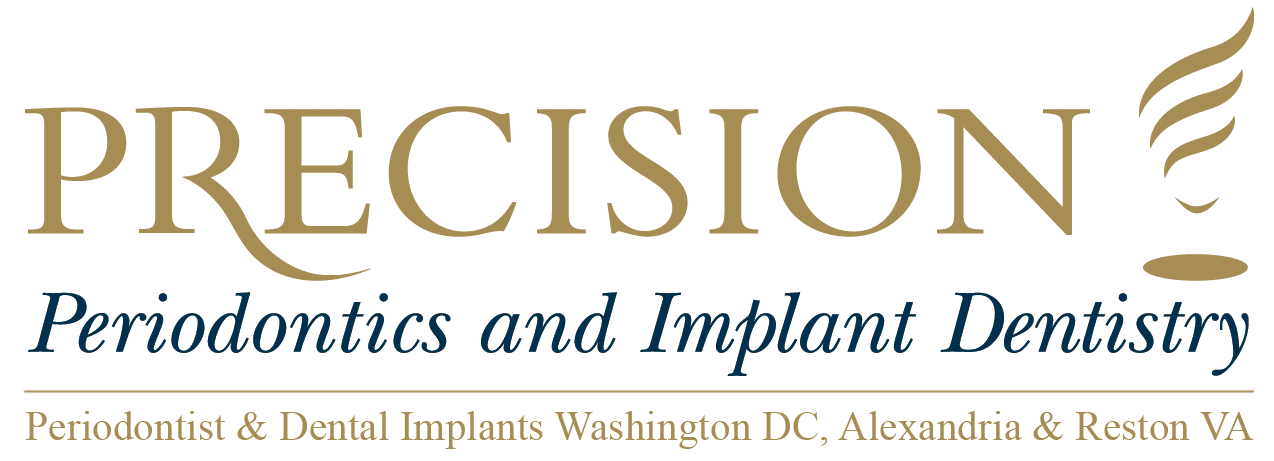Periodontology - Furcation Defect
A furcation defect is a dental condition in which bone loss, which usually results from periodontal disease, affects the base of the root trunk of a tooth where two or more roots meet. This juncture of roots is called the furcation; when two roots are present, this is a bifurcation, and when three roots are present, it is a trifurcation. Furcation defects are particularly susceptible to periodontal pathogens, causing teeth that have furcation defects to generally not have a good prognosis. Surgical treatments can repair the furcation defect with bone grafts or they can create greater access to the furcation defect to facilitate oral hygiene in the area of the defect. Because teeth with furcation defects often do not have a good prognosis, surgical treatments are often considered to preserve these teeth.
The root trunk length is the distance between the furcation and the cementoenamel junction, or the area where the cementum and the enamel meet. When the furcation is especially deep, a significant amount of bone must be removed in order to expose the furcation. The only teeth with furcation defects are the multirooted teeth, which are the upper first premolar and the maxillary and mandibular molars. Furcation defects are measured and recorded a number of different ways, including clinical probes, cone beam computerized technology, and radiographs. Because these defects play a significant role in the evaluation of periodontal diseases, their classification, including severity and location, is important. Multiple classification methods have been developed, many of which focus on the horizontal measurements of attachment loss and the probeable depth of the defect.
The classes of furcation defect defined by Irving Glickman in 1953 help clarify the complexity of the furcation defect. Grade I is indicated by an associated periodontal pocket that is coronal to the alveolar bone and primarily affects the soft tissue. While some early bone loss may have occurred, it is not usually radiographically evident. Grade II furcation involvement is characterized by horizontal bone loss between roots that creates a probeable area, with sufficient bone remaining attached to the tooth to prevent the areas of bone loss from communicating. In Grade III furcation, the bone is no longer attached to the tooth’s furcation, creating a clear tunnel in the furcation that, for one reason or another, cannot be fully probed and may be difficult to detect because of the presence of soft tissue in the furcation. A Grade IV lesion is a completely probeable lesion that has sustained significant bone loss. In 2000, these classifications were modified to include two subclassifications of Grade II furcation defects, based on the measure of the vertical component of furcal bone loss.
The primary treatment goal is to eliminate the bacteria from the detached root surface and to adjust the tooth so continued plaque control is possible. Treatments plans depend on the classification and location of the furcation defect and on anatomical factors. When there is considerable attachment loss, or if it is determined that the results of treatment will not be beneficial or successful, tooth extraction may be recommended.
